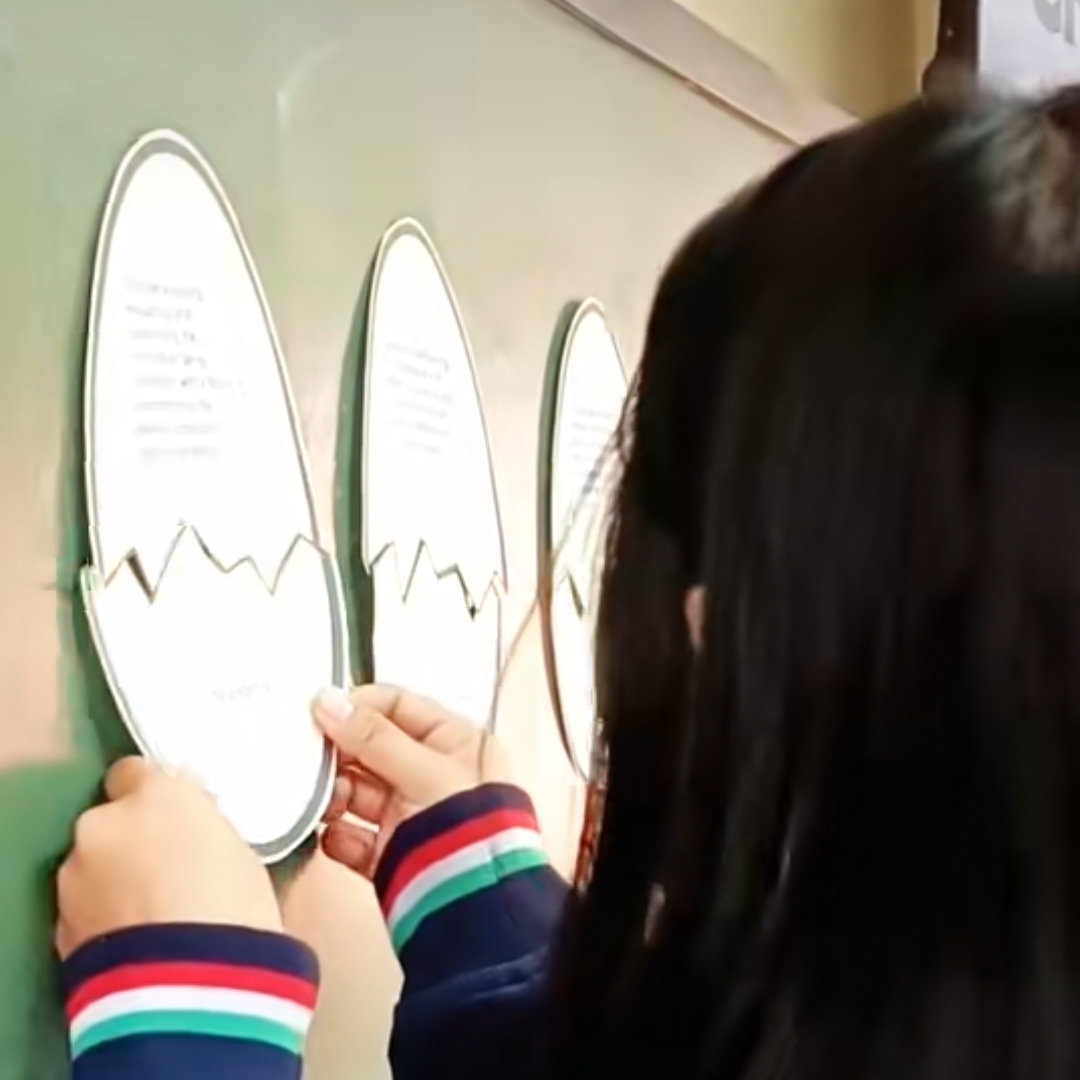As educators, we constantly strive to move beyond passive learning and foster active engagement in our students. Rote memorization has its place, but true understanding blossoms when students actively grapple with concepts, apply them to real-world scenarios, and critically evaluate information. This blog post details my experience with “Hear the Cracks,” a lesson designed to solidify students’ understanding of different types of evidence – anecdotal, empirical, and logical – through an interactive and engaging activity.
The genesis of “Hear the Cracks” stemmed from a desire to move beyond simple definitions and explanations. I wanted my students to not just know the differences between these evidence types, but to understand their strengths, weaknesses, and implications in real-world arguments. The activity’s success far exceeded my expectations, proving to be a transformative experience for both myself and my students.
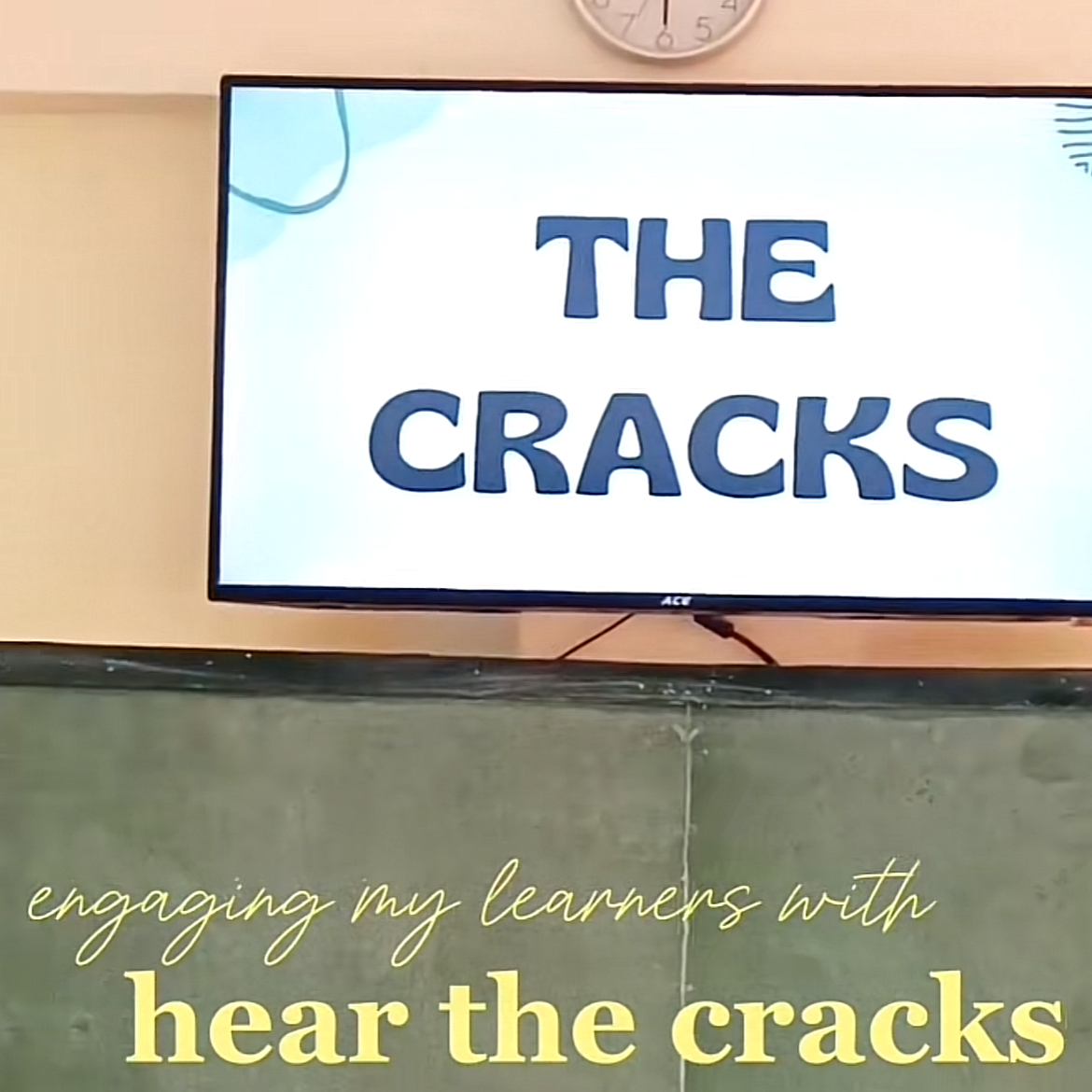
The “Hear the Cracks” Activity: A Deep Dive
“Hear the Cracks” isn’t your typical lecture or worksheet. It’s a dynamic, hands-on experience that challenges students to become active participants in the learning process. The core of the activity revolves around a series of carefully crafted “cases,” each presenting a short narrative with supporting evidence. These cases are designed to be relatable and relevant to students’ lives, avoiding abstract or overly academic scenarios.
Examples include:
- A friend claiming their lucky socks helped them win a basketball game (anecdotal evidence).
- A weather forecast predicting rain based on meteorological data (empirical evidence).
- An argument about the best route to school, supported by travel time comparisons (logical evidence).
In “Hear the Cracks,” the activity takes on a playful and engaging format. Each case is written on the back of a cracked egg shell, symbolizing the need to “crack the case” and uncover the truth within. These egg halves are then placed on a table, with each half labeled with a different type of evidence: anecdotal, empirical, or logical.
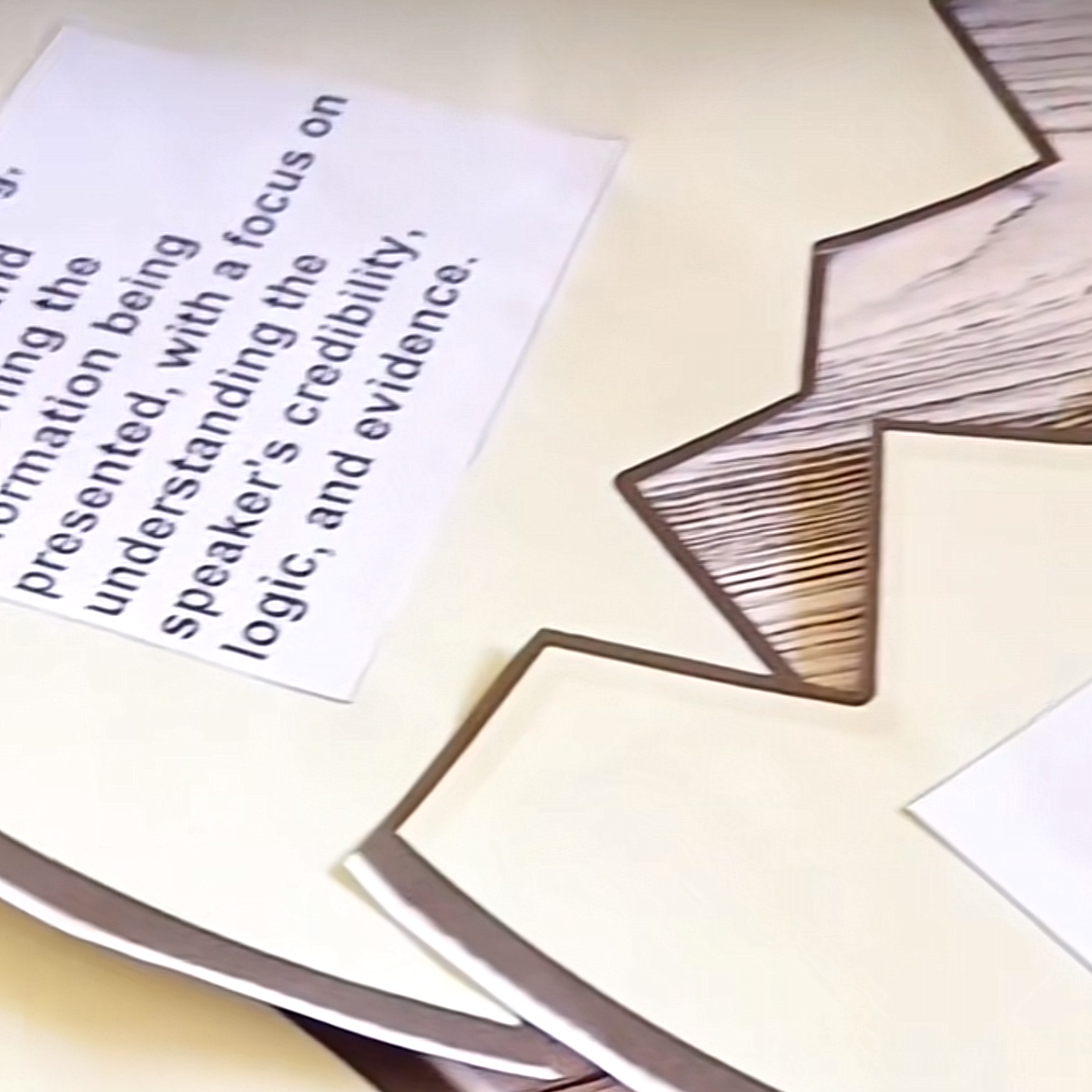
The learners are tasked with carefully reading each case, identifying the type of evidence presented, and then placing the egg half into the corresponding shell half based on their analysis. This simple yet effective activity encourages active engagement, critical thinking, and a playful approach to learning about evidence types.
This visual cue helps students focus on the specific information they need to analyze. Students work collaboratively in small groups, fostering peer learning and discussion. The group dynamic encourages them to share their reasoning, challenge each other’s interpretations, and arrive at a shared understanding.
The process involves several key steps:
- Case Analysis: Students carefully read each case, identifying the type of evidence presented. This initial step requires them to actively engage with the text and apply their knowledge of evidence types.
- Evidence Evaluation: Students then evaluate the strength and reliability of the evidence presented. This is where critical thinking truly comes into play. They need to consider factors such as sample size (for empirical evidence), potential biases (for anecdotal evidence), and the logical soundness of the reasoning (for logical evidence).
- Conclusion Determination: The final step involves “cracking the case” – determining the validity of the conclusion based on the evidence provided. This requires students to synthesize their analysis and make a reasoned judgment. They are not simply identifying the type of evidence; they are evaluating its persuasiveness and determining its impact on the overall argument.
The name “Hear the Cracks” itself is a metaphor. It encourages students to actively listen for weaknesses, inconsistencies, or biases in the arguments presented. It emphasizes the importance of critical scrutiny, rather than passive acceptance of information.
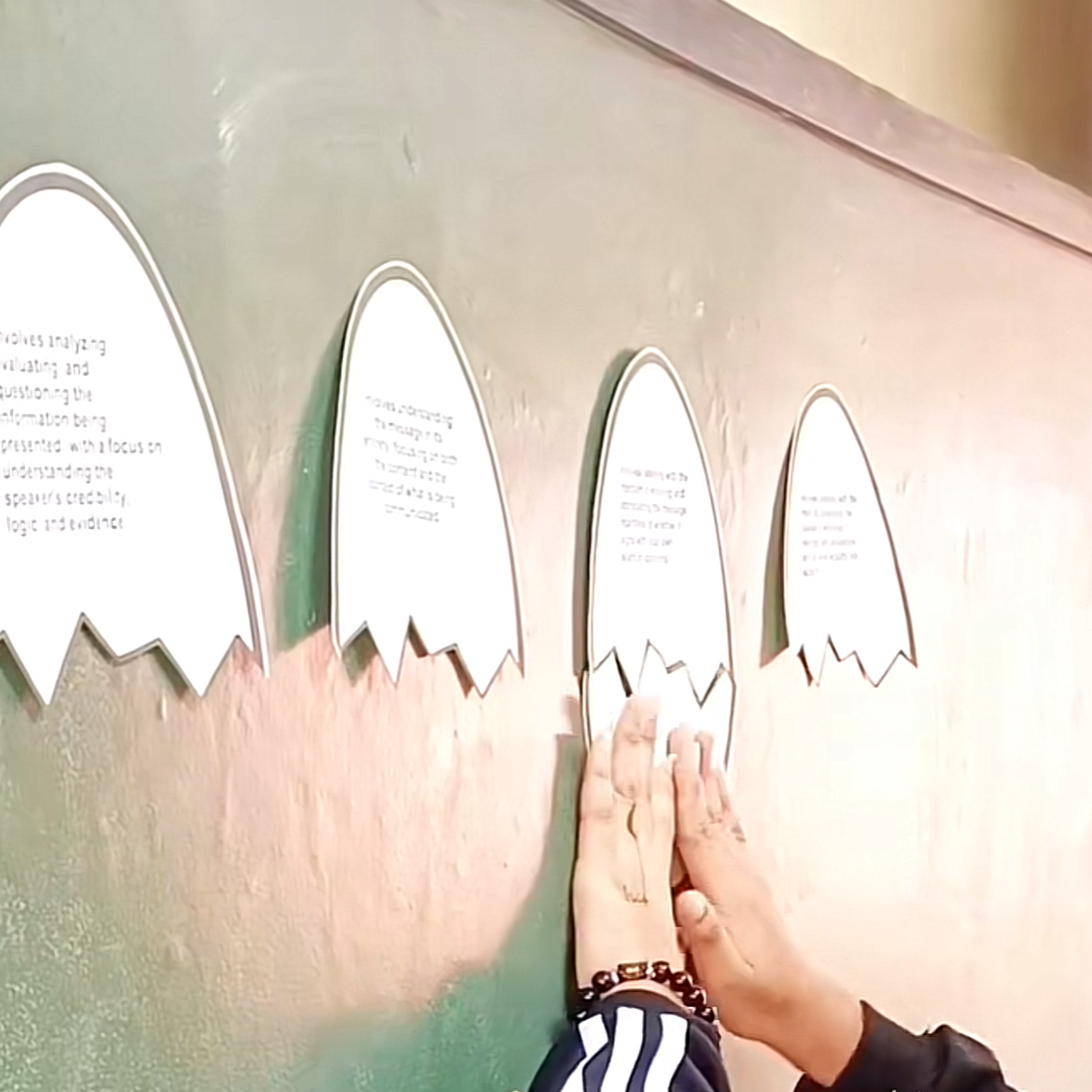
The outcomes of the activity have been overwhelmingly positive. Students have demonstrated a significantly improved understanding of evidence types, a heightened ability to critically evaluate information, and enhanced collaborative skills. The interactive nature of the activity has made learning more engaging and memorable, fostering a deeper understanding than traditional methods.
Adaptability and Differentiation
One of the strengths of “Hear the Cracks” is its adaptability. The cases can be easily modified to suit different age groups and subject areas. The activity can be differentiated to meet the needs of diverse learners. For example, simpler cases can be provided for students who need more support, while more complex cases can challenge advanced learners. Visual aids, such as charts or diagrams, can be used to support visual learners, while discussions and debates can cater to auditory learners.
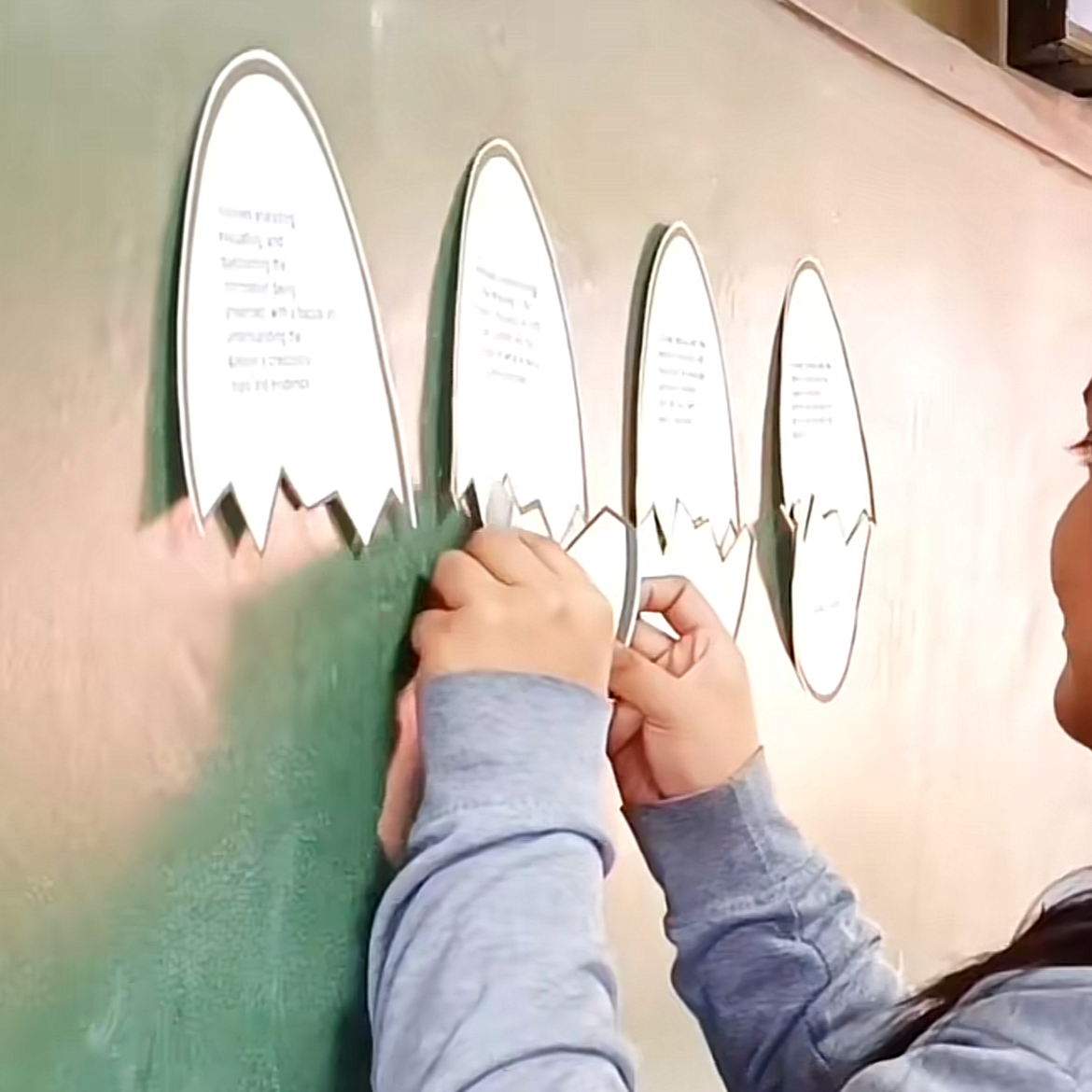
Conclusion: More Than Just a Lesson
“Hear the Cracks” is more than just a lesson; it’s a pedagogical approach that emphasizes active learning, critical thinking, and collaborative engagement. It transforms the classroom into a dynamic space where students actively construct their understanding of evidence types and develop essential skills for navigating the complexities of information in the 21st century.
The positive student response and the demonstrable improvement in their critical thinking skills have made this activity a cornerstone of my teaching practice. I encourage other educators to try it – you might be surprised by the results!






